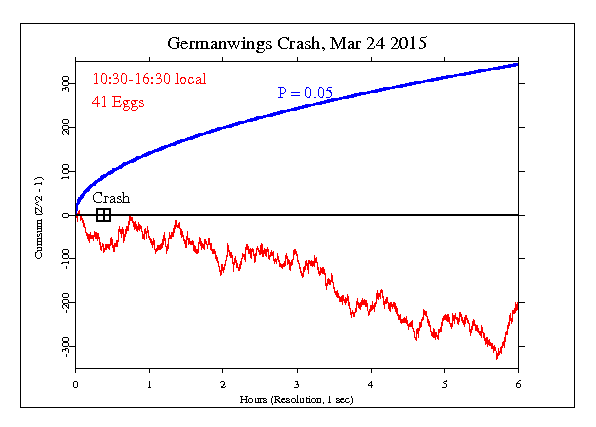Germanwings Crash
PARIS — A German jetliner en route from Barcelona, Spain, to Düsseldorf, Germany, plunged from the sky on Tuesday and slammed into the French Alps, killing all 150 people on board.
Helicopters and rescue personnel swarmed into the remote, rugged area in southeastern France after the crash but found no signs of life. Prime Minister Manuel Valls said none of the 144 passengers and six crew members survived.
The authorities and executives of the airline, the budget carrier Germanwings, a subsidiary of Lufthansa, had no immediate explanation for the cause of the crash, which occurred just before 11 a.m. At a news conference Tuesday evening, Heike Birlenbach, the vice president of Lufthansa, said, “At this stage, we consider this to be an accident,” adding that everything else was speculation.
The plane, an Airbus A320 that carried young people, vacationers and others, crashed after an eight-minute descent from 38,000 feet, the managing director of Germanwings, Thomas Winkelmann, said at a news conference.
When French air traffic controllers lost contact with the plane at 10:53 a.m., it was flying at just 6,000 feet, Mr. Winkelmann said, and it crashed shortly afterward. The terrain in that area rises to an elevation of more than 6,000 feet.
Specific Hypothesis and Results
The GCP hypothesis was set for 6 hours beginning at 10:30 local time, to include about 23 minutes before the crash (9:30-15:30 UTC). The result is Chisquare 21399.387 on 21600 df, for p = 0.833 and Z = -0.965.
Interpretation
The following graph is a visual display of the statistical result. It shows the second-by-second accumulation of small deviations of the data from what’s expected. Our prediction is that deviations will tend to be positive, and if this is so, the jagged line will tend to go upward. If the endpoint is positive, this is evidence for the general hypothesis and adds to the bottome line. If the endpoint is outside the smooth curve showing 0.05 probability, the deviation is nominally significant. If the trend of the cumulative deviation is downward, this is evidence against the hypothesis, and is subtracted from the bottom line. For more detail on how to interpret the results, see The Science and related pages, as well as the standard caveat below.

Standard caveat
It is important to keep in mind that we have only a tiny statistical effect, so that it is always hard to distinguish signal from noise. This means that every success
might be largely driven by chance, and every null
might include a real signal overwhelmed by noise. In the long run, a real effect can be identified only by patiently accumulating replications of similar analyses.
